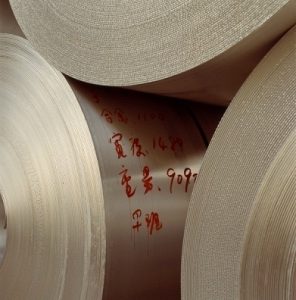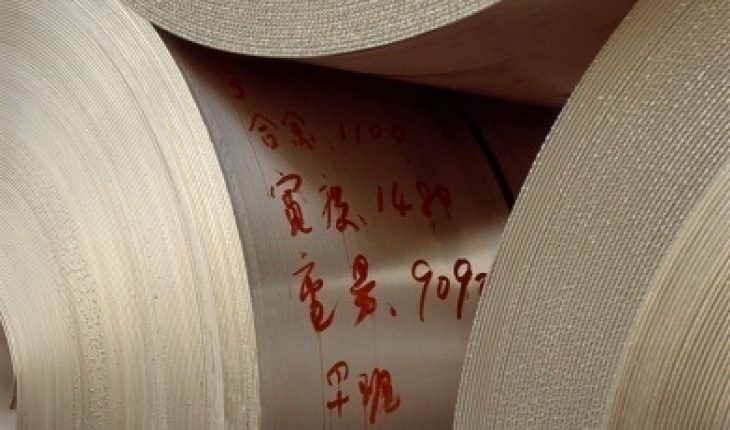The uses of aluminum are varied and diverse. Today it is used in commerce, transportation and other industries. Some of its applications are well known, while others are not so obvious. Apart from consumer products, the metallic element is also used in glass creation.
Use in Households
This metallic element is used for door knobs, window frames and kitchen utensils. The element is applied in kettles, saucepans, toasters and refrigerators. It is also used in indoor and outdoor furniture. Some sports equipment like golf clubs and tennis balls also use it.
In Construction
Aluminum is necessary in construction. The metal is used in practically all elements: skylights, building bridges, shutters, ladders and railings. The element is present in rods, doors, stampings, wiring, bars, tubing, sheets, pipes, casting and scraps. Aluminum is applied in a wide array of industrial applications. Staircases are sometimes made of aluminum too. The metallic element is found in many buildings. They are low maintenance. The light weight is also used for gutters.
A layer of insulated aluminum cladding is as efficient as stones or bricks. Aluminum can be painted and joined with other materials. This can be used to change the looks of edifices. Carpenters and builders prefer aluminum because it is versatile. It can be cut, bonded, welded, tapered and curved in various shapes.
Package
One of the most popular uses of aluminum is packaging. Trays, foils, bottle caps and cans are usually made of this metallic element. It is also used for thermos, utensil lids and storage boxes. It is also applied as a foil container, bottle tops and foil wrappings. Aluminum is preferred because it keeps food clean. The metal’s properties keep food safe from harmful elements in the environment.
Because of this, aluminum is widely used in the industry. This metallic element is corrosion-resistant. Compared to iron, aluminum oxide is not destructive. It is protective. The metal is impermeable. It doesn’t affect the taste or smell of food packaging. Most importantly, the metal has no toxic elements.
Cars and Transportation
Aircraft carriers have aluminum components. It is also used in boats and other sea faring vessels because it is light. Railway carriages also use it. Aluminum can be found on cars for aesthetic and thermal purposes. It’s cheaper than other metals so manufacturers prefer it.
Car parts like wheel spacer bars, transmission housings, hoods, suspension components and engine blocks are usually built of aluminum. The metal is also used in impellers, alternator housings, air filler adapters, mirrors and brackets. Car ornaments also rely on aluminum.
The element is vital to transportation because of its weight / strength ratio. Aluminum is light; in vehicles this translates to less energy required for motion. It isn’t as strong as steel. But it can be alloyed with other metals to increase its strength. The light weight means fuel efficiency. That’s why aluminum parts are common in trains, boats and cars. It is particularly essential in aircraft.
Aluminum helps keep their weight down. More than 75% of a plane’s unladen weight is comprised of aluminum. The metal is corrosion resistant, another important feature. Aluminum means painting is not needed. This means savings in money and weight.
Power Lines
Its light weight makes it ideal for use in power lines and electricity. It has less than the copper’s electrical conductivity. But aluminum is preferred because of its low density. A kilogram of aluminum conducts double the charge compared with copper of the same amount.
Today it is used in long distance power lines and high voltage electrical transmission. If copper is used, companies have to create costly support structures. Aluminum doesn’t require these expensive units. Copper is less ductile than aluminum. It cannot be drawn into wire easily. Aluminum’s corrosion is another plus. The metallic element is also used in satellite dishes.
Classification
Aluminum is an element with an atomic number of 13. On the periodic table of elements its symbol is Al. It belongs to a group of metals including lead and tin. Aluminum has been used for a long time. During Ancient Egypt, aluminum oxides were used in their glazes and pottery. The Romans also used this metallic element. During the 1800s, advances in research made it possible to produce pure aluminum.
During its early years, it was thought the element was hard to extract and rare. This made the metal highly sought. In 1886, Paul Herout and C.M. Hall uncovered a method for ore smelting. Today it is used for isolating the metallic element. Subsequent excavations revealed that it is very common. In its pure state, the metal is very light.
The many uses of aluminum can be traced to its properties. Its weight is a third of that compared to copper or steel. It is also durable and recyclable. The latter translates into savings for companies that use them.
